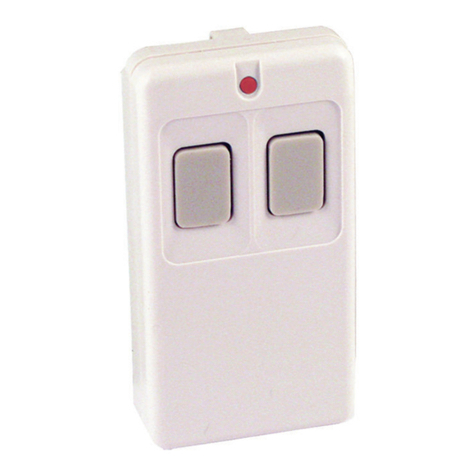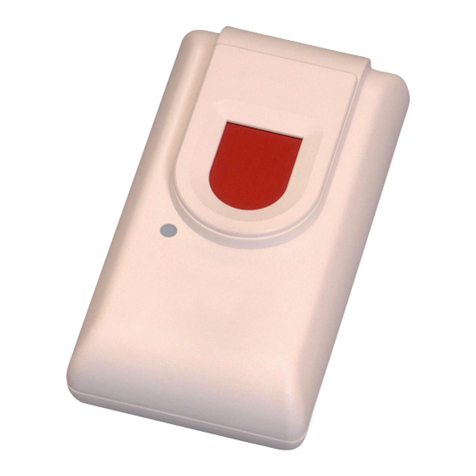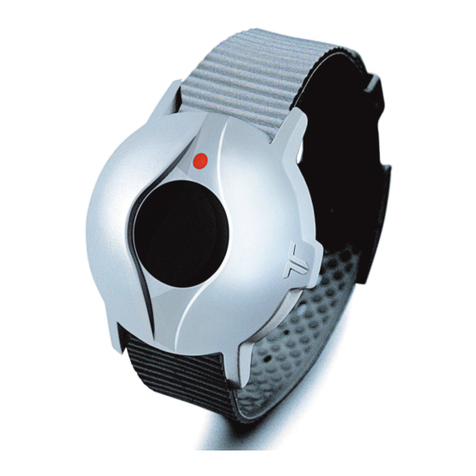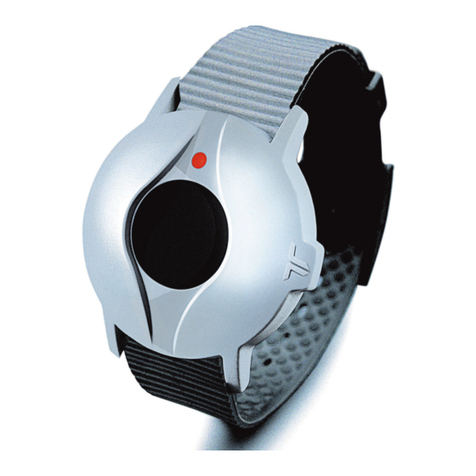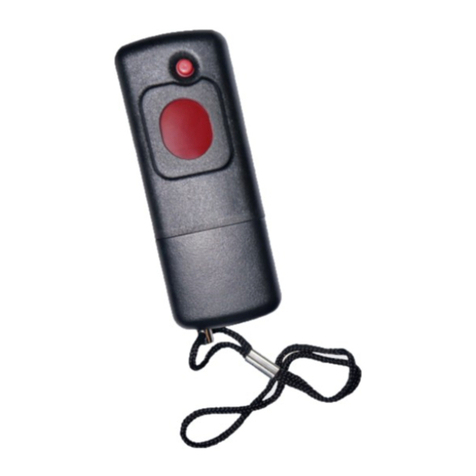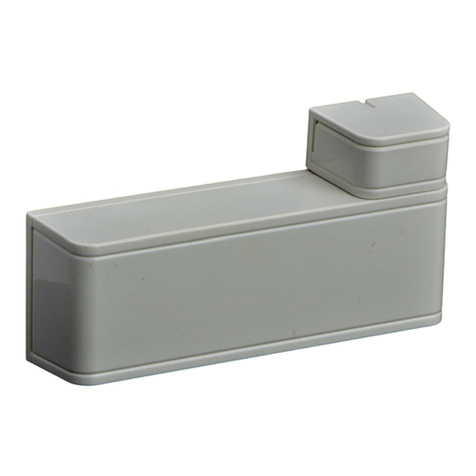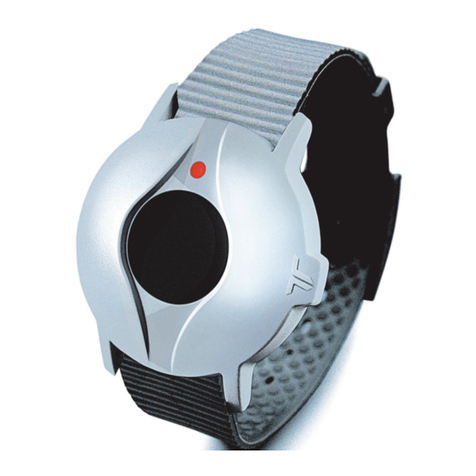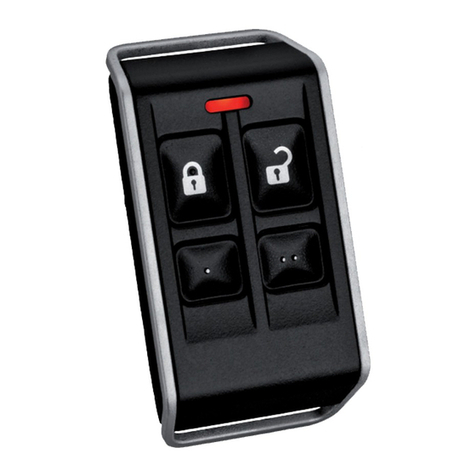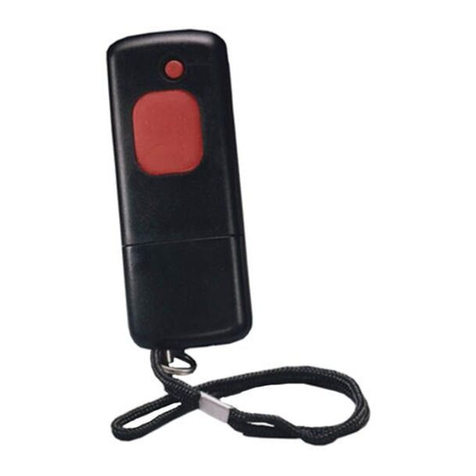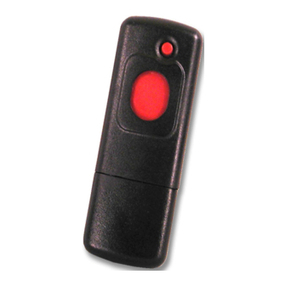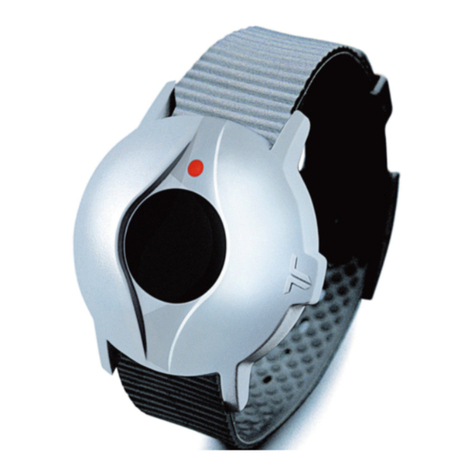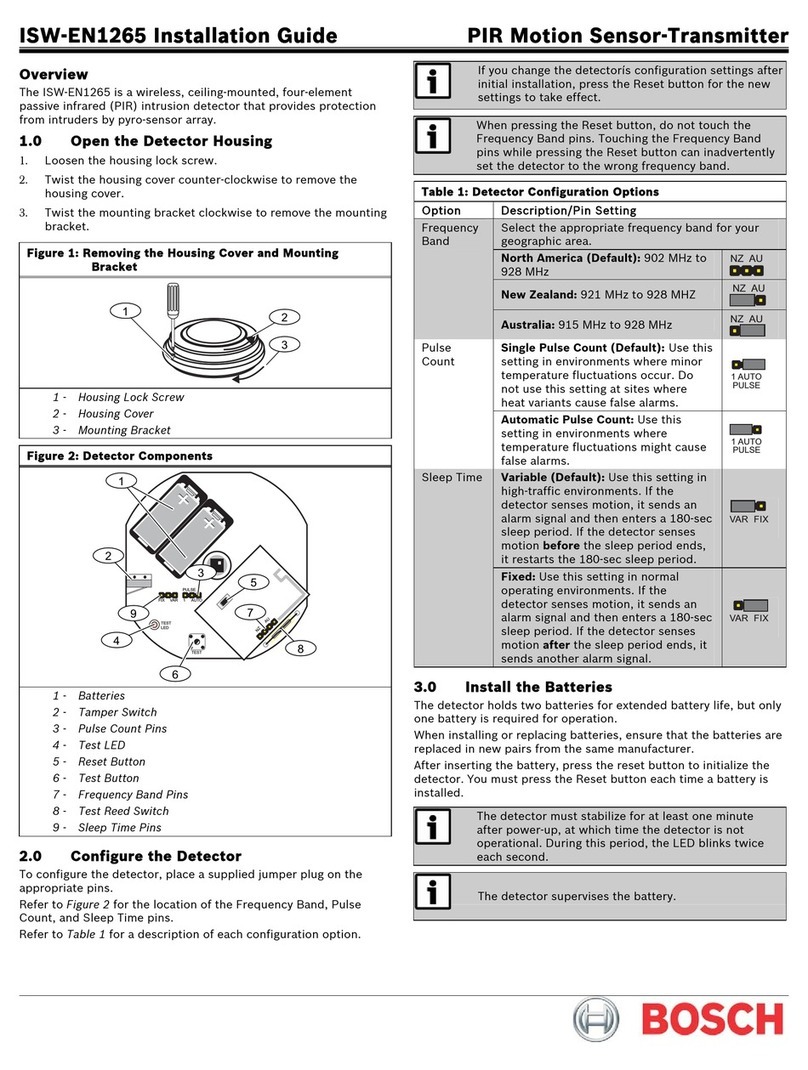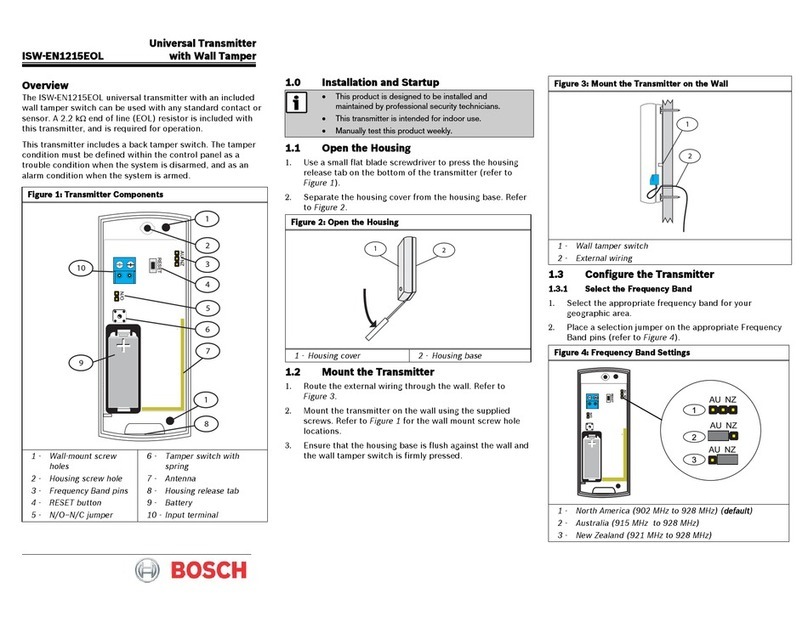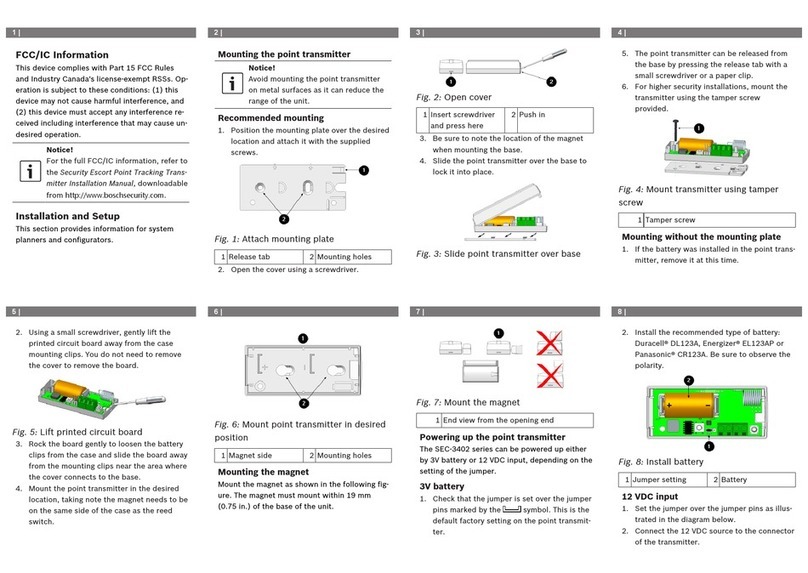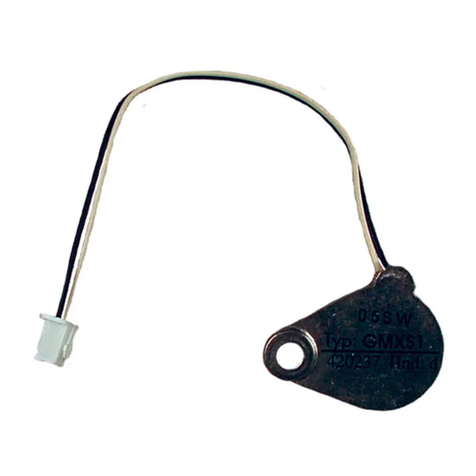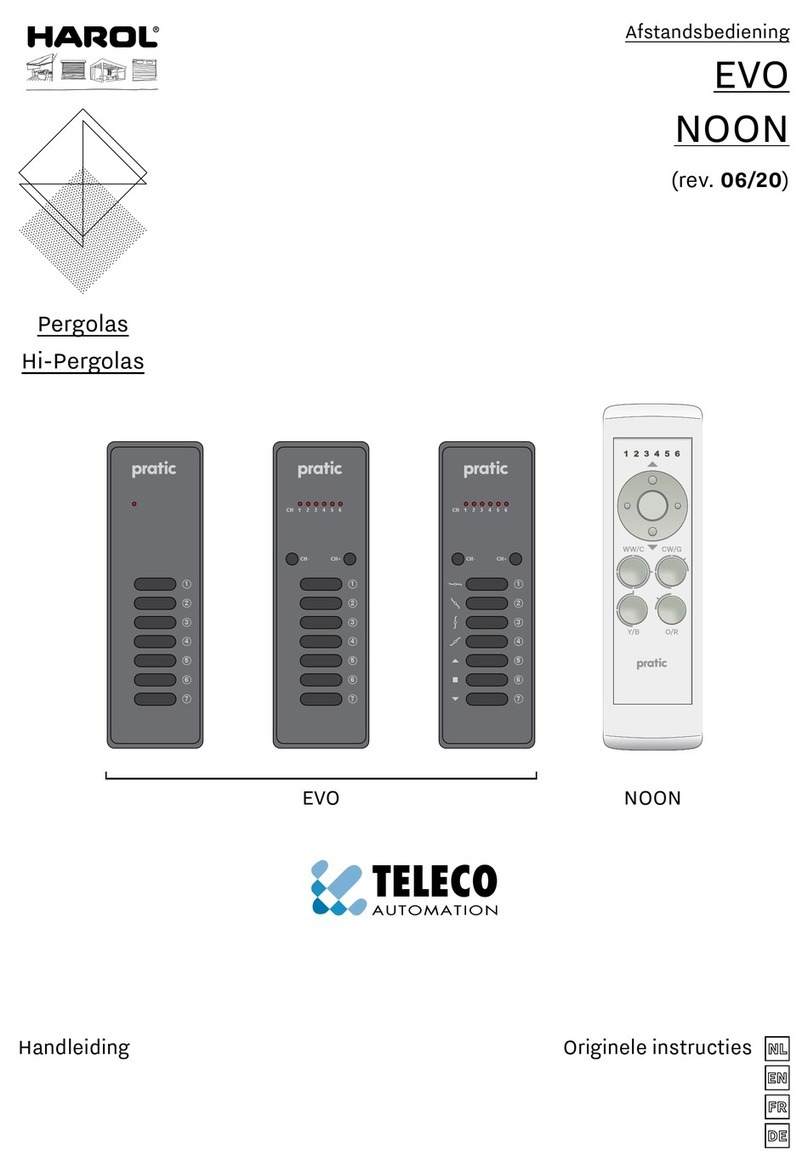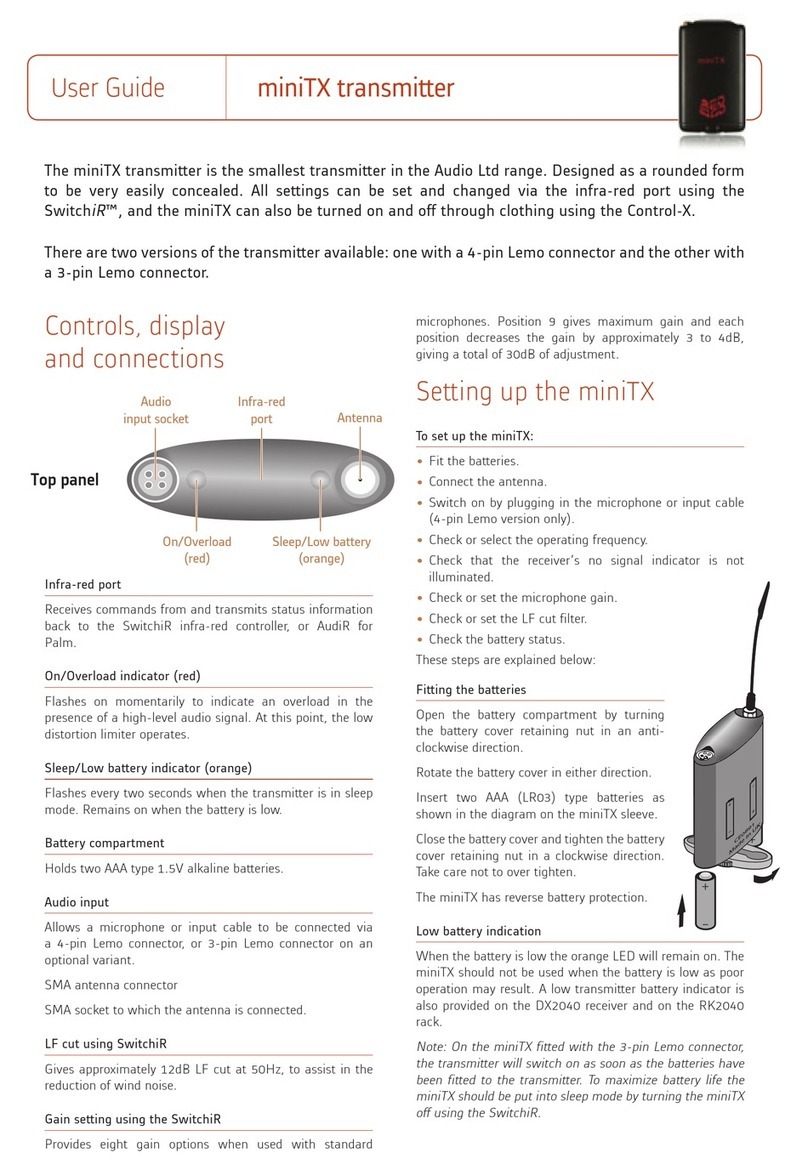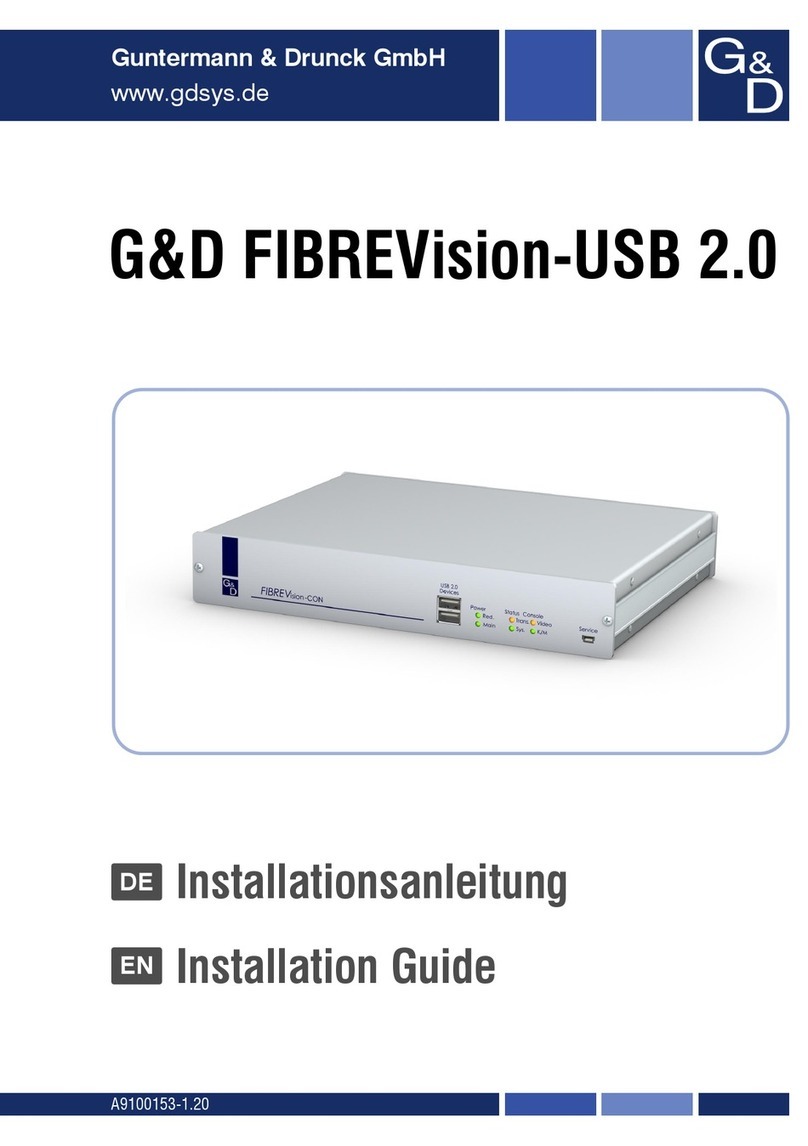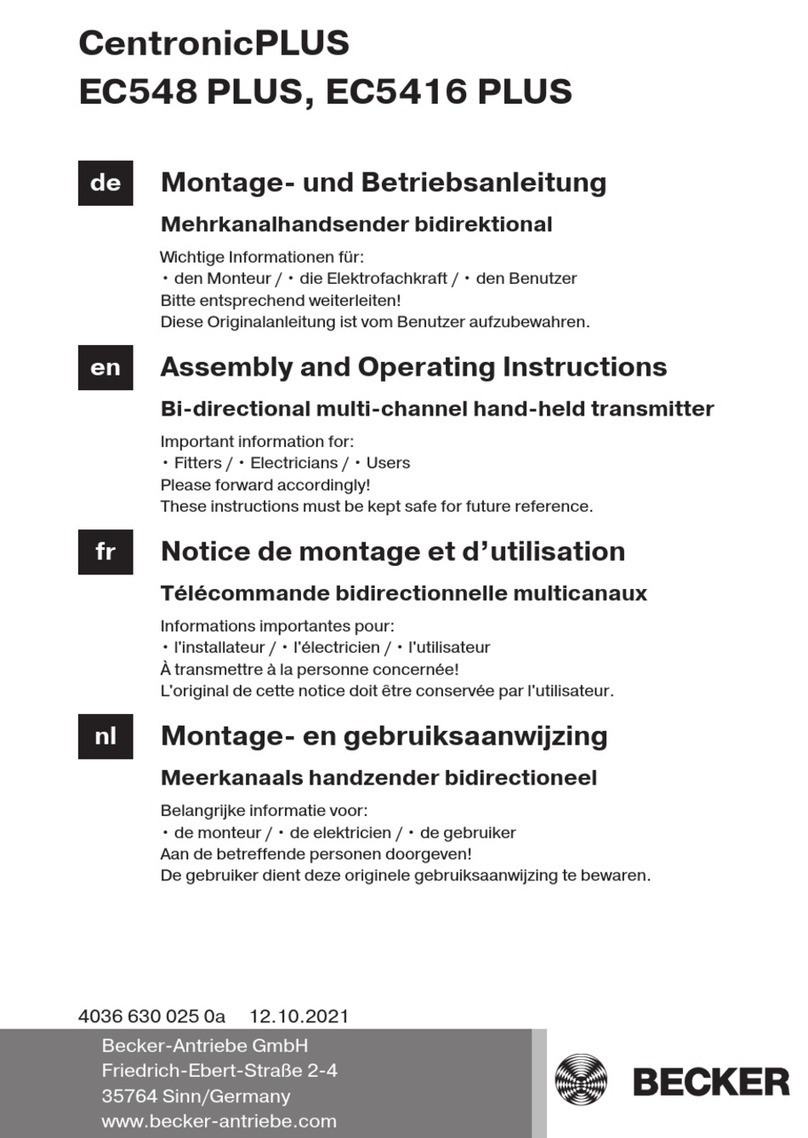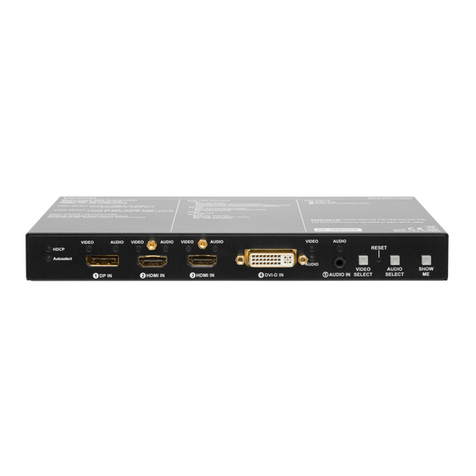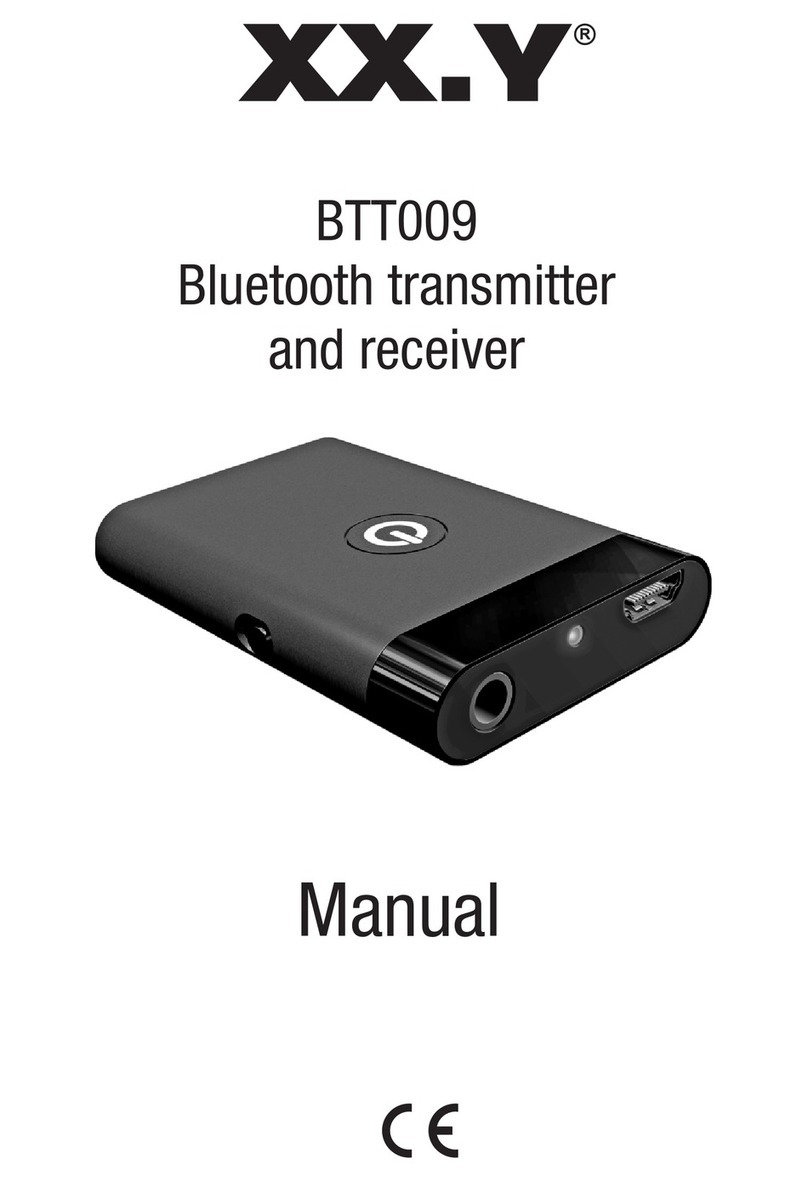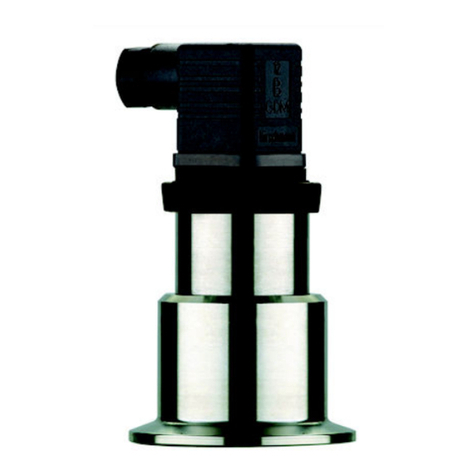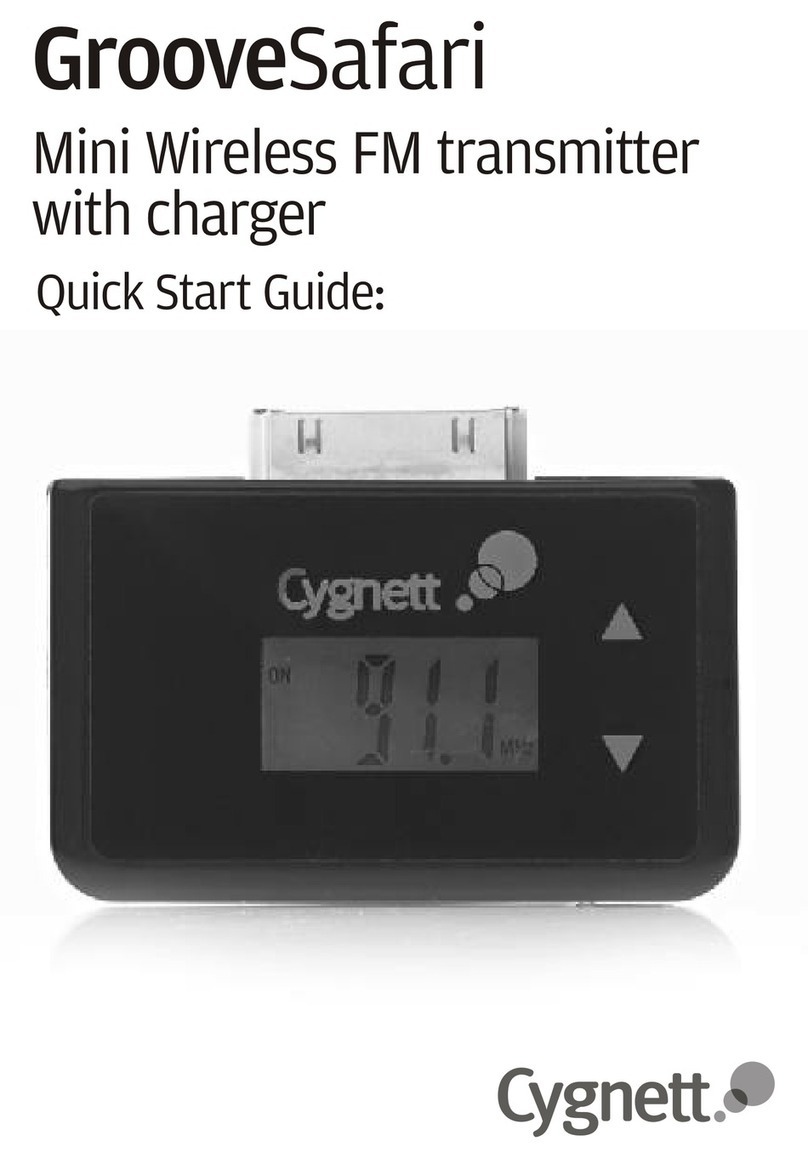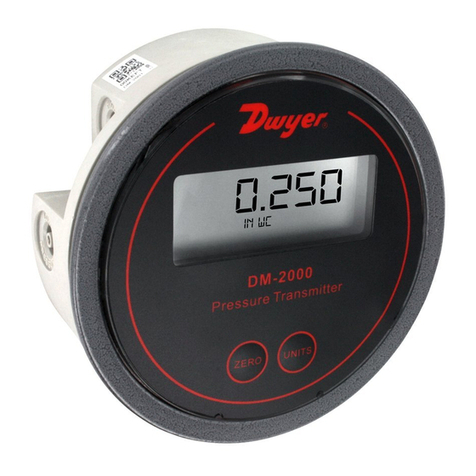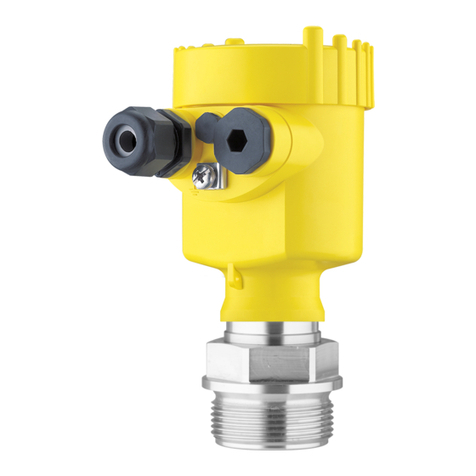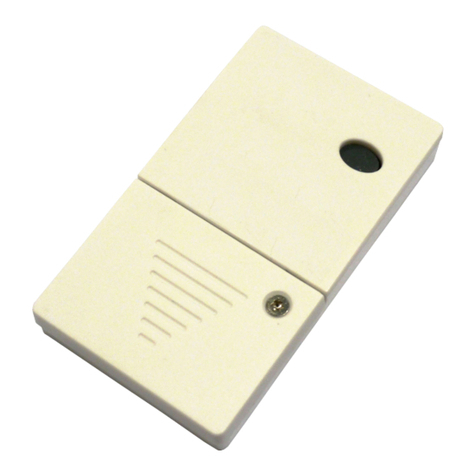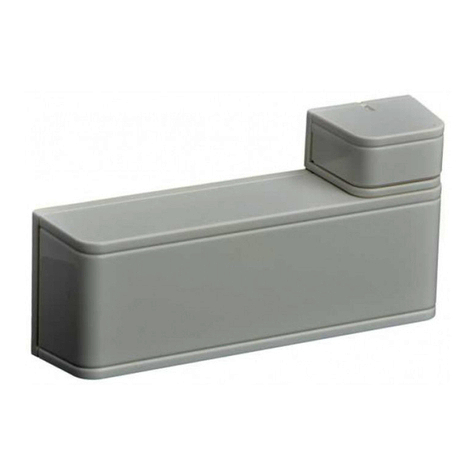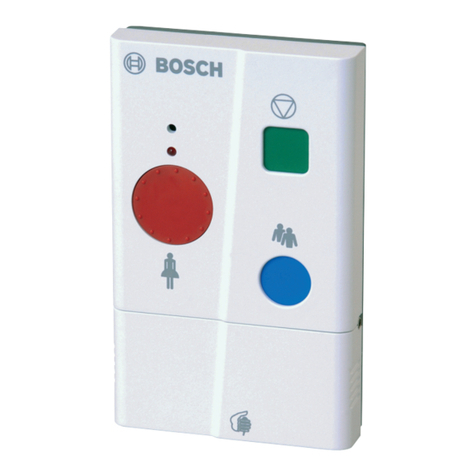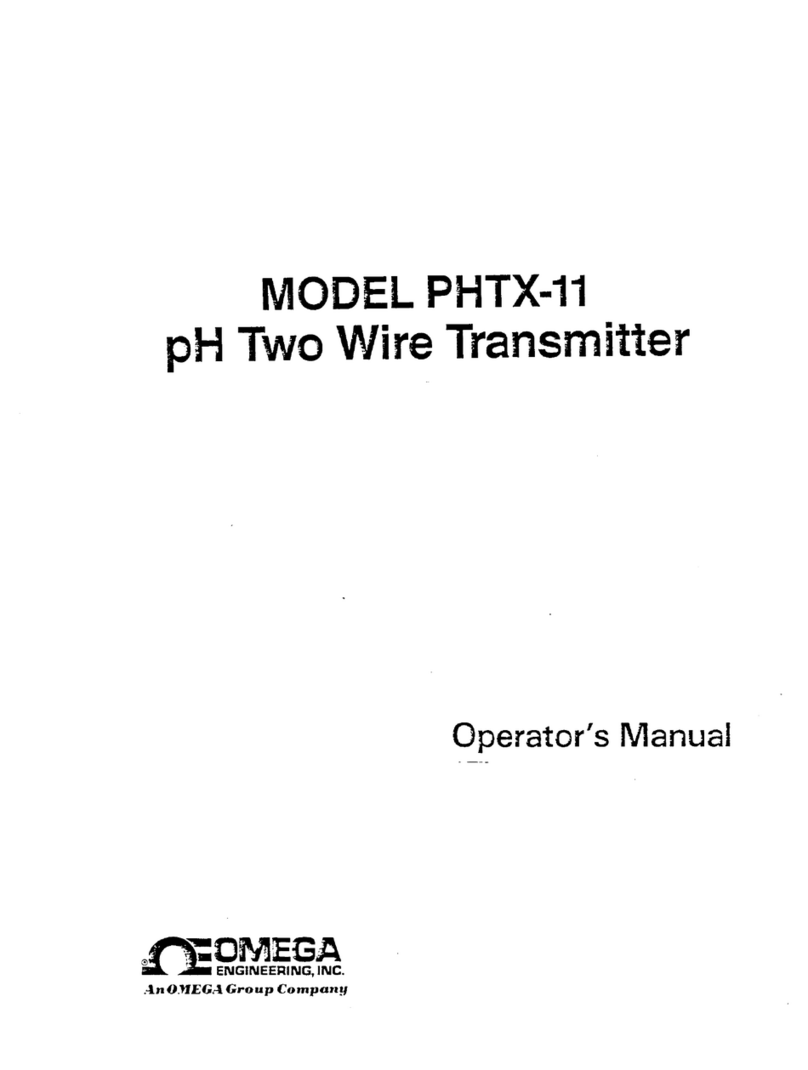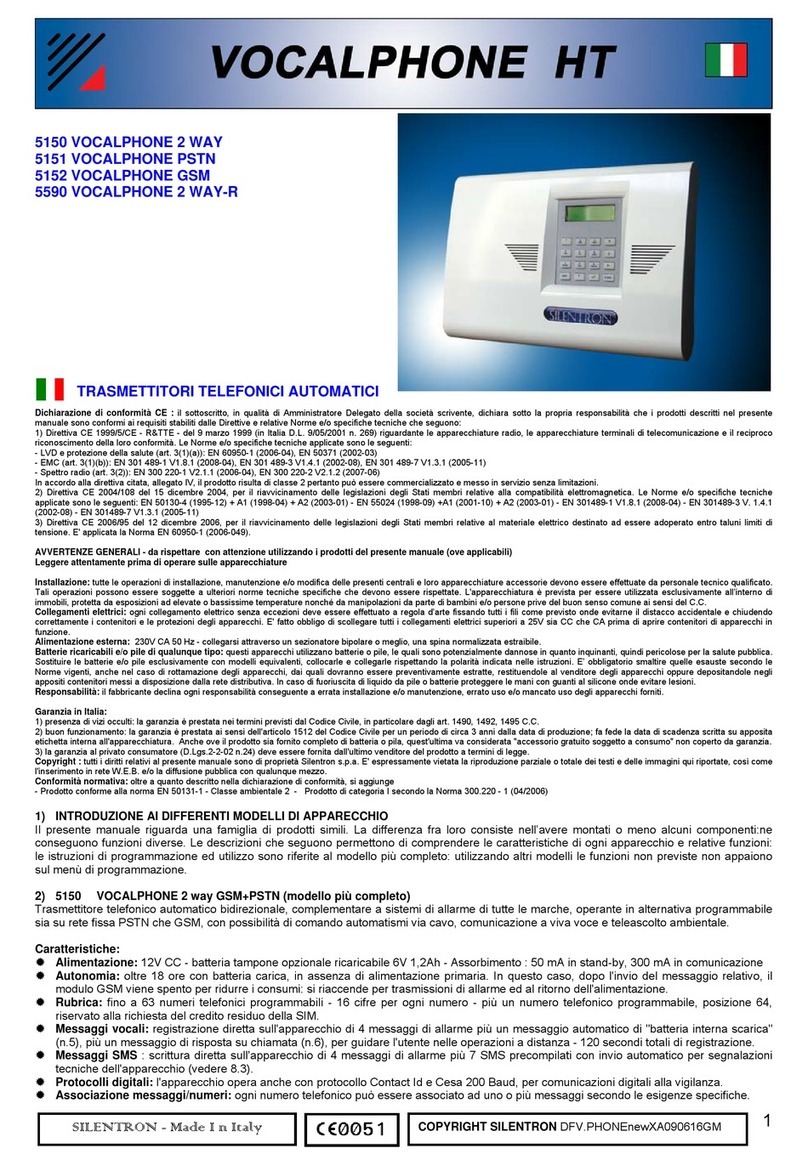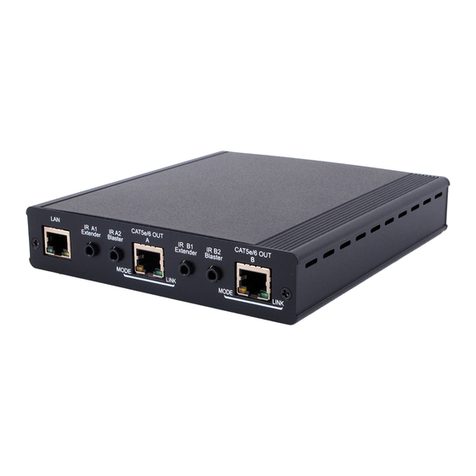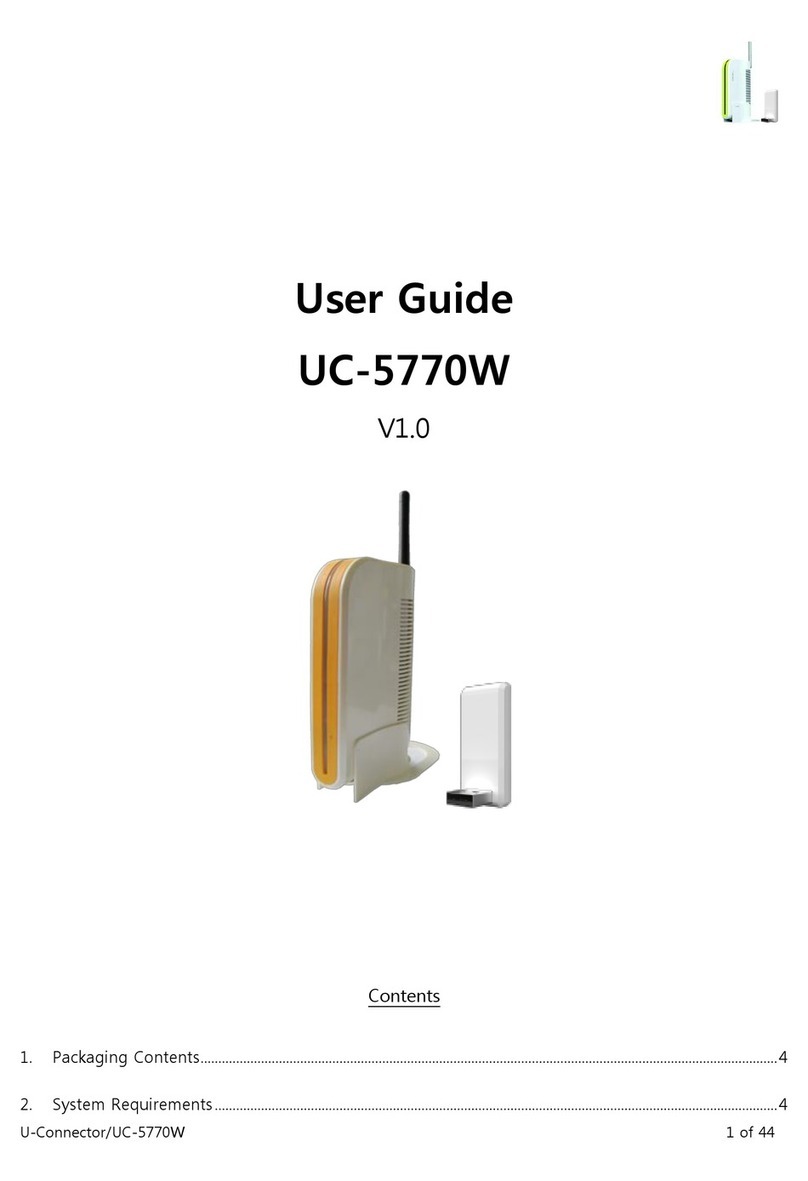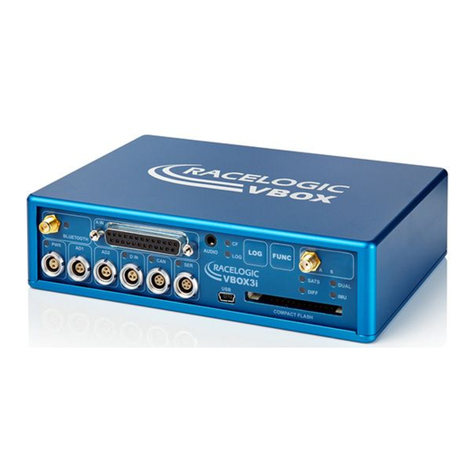
2009 Bosch Security Systems, Inc
130 Perinton Parkway, Fairport, NY 144 0-9199 USA
(800) 289-0096
F01U126808-01-01 /7
Installation Guide
asking you to press the RESET button.
4. Press the RESET button on the survey transmitter. A
message appears indicating that the registration is
successful. Refer to Figure 12.
Figure 12: Survey Receiver Point Registered Message
.2 Register Devices
1. From the main menu, use the Up or Down button to
highlight REGISTER POINT.
2. Press the Enter button to open the REGISTER POINT
menu. Refer to Figure 11 on page 4.
3. Use the Up or Down button to highlight the desired point,
and then press the Enter button to select that point. A
message appears asking you to press the RESET button.
4. Press the RESET button on the device you wish to
register. A message appears indicating that the registration
completed. Refer to Figure 12 on page .
.3 Register High-power Repeaters
If no high-power repeaters are registered to a point, the
survey receiver uses every high-power repeater in your
system to determine the device RF signal strength for the first
hop (transmit signal from the transmitter to the repeater), and
last hop (transmit signal from the repeater to the receiver),
displaying the results on the point status signal strength
screen.
If you wish to view the first hop results from specific high-
power repeaters, you must register the high-power repeaters
for monitoring. Register high-power repeaters using the steps
for registering other devices. Refer to Section 4.2 Register
Devices.
When high-power repeaters are registered, the last
hop information from a device continues to be
influenced by all repeaters in the system.
If you wish to monitor signal strength from a registered high-
power repeater alone, with no other device, refer to Section
5.0 Perform a Site Survey Using Survey Transmitters, and
choose the point to which you registered the high-power
repeater. Messages repeated by the high-power repeater are
not included in the signal strength information; only
supervision, RESET or restoral and tamper messages count
toward signal strength information.
5.0 Perform a Site Survey Using Survey
Transmitters
The survey kit provides continuous monitoring of the signal
strength of devices and high-power repeaters. The survey
receiver shows device and repeater transmission received
symbols (* and +) on the display screen. The survey receiver
sounder or headphones also indicate the transmission
received information.
When the survey receiver receives a good signal, the
transmission symbols beat once each sec, and the survey kit
beeps accordingly.
To perform the site survey:
1. Prepare a site map, indicating where you plan to mount all
devices and the receiver.
2. Place the survey transmitters where you plan to mount
your network coordinator or receiver.
Place the survey transmitters as close as possible
to the point where you will place the receiver.
3. Open the ISW-EN1210SK survey transmitter housing and
press the On/Off button to begin test transmissions. Refer to
Figure 5 on page 2.
The test transmission continues for four hours,
unless stopped. Press the On/Off button again to
stop the test transmission. Each time the On/Off
button is toggled, a new 4-hr time-out begins.
. Walk with the receiver to the first point of coverage and
place the receiver where you wish to locate the first device.
To ensure an accurate signal reading, place the
receiver as close as possible to the point where
you will mount the device. If mobile devices will be
used, check signals from the most difficult
locations from which users might activate alarms.
6. From the survey receiver main menu, use the Up or Down
button to highlight POINT STATUS.
7. Press the Enter button to open the POINT STATUS menu.
8. Use the Up or Down button to highlight the point number
you wish to use for the device whose location you are testing.
9. Press the Enter button. A point summary appears. Refer to
Figure 13 and Ta le 3 on page 6.
Figure 13: Survey Receiver Point Summary
1 - Point num er
2 - Signal strength
3 - Device transmission sym ol
4 - High-power repeater transmission sym ol
5 - Signal margin
6 - Device attery level
7 - Message num er.
8 - Receive level







